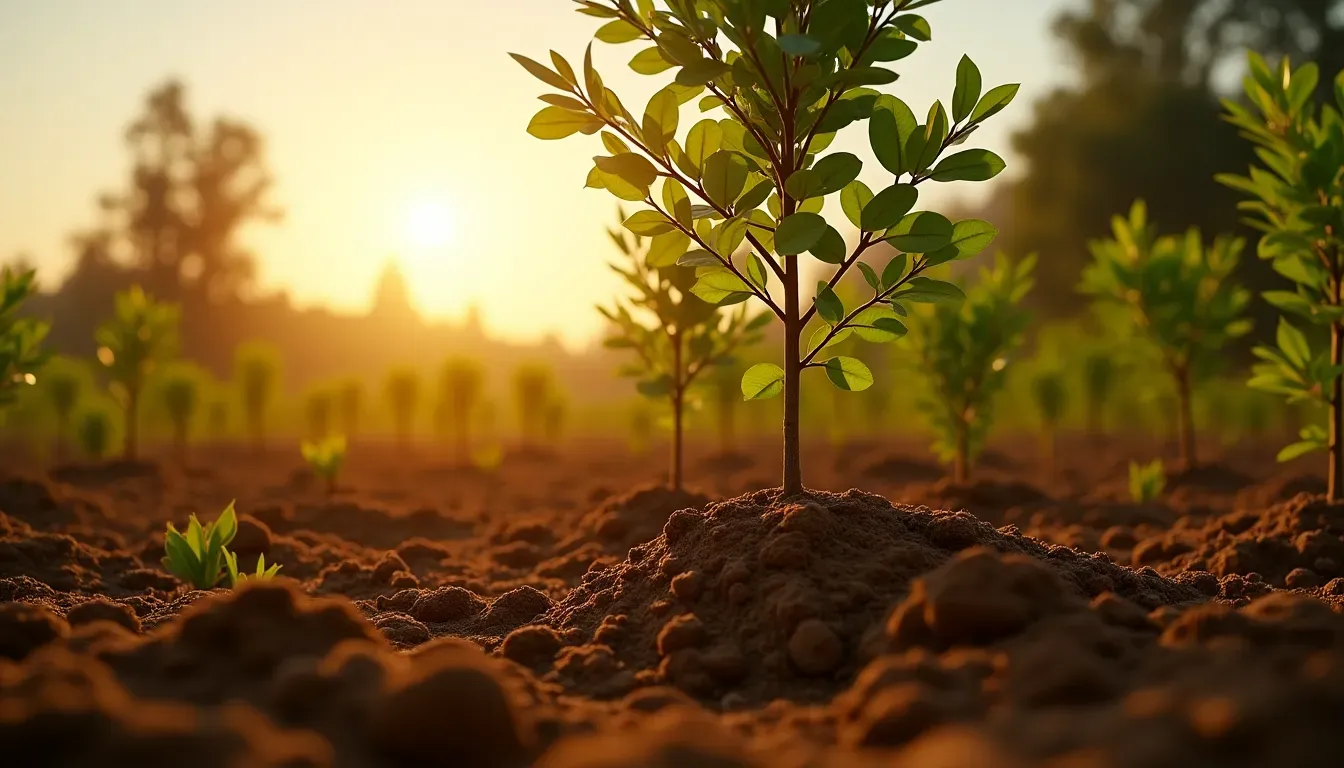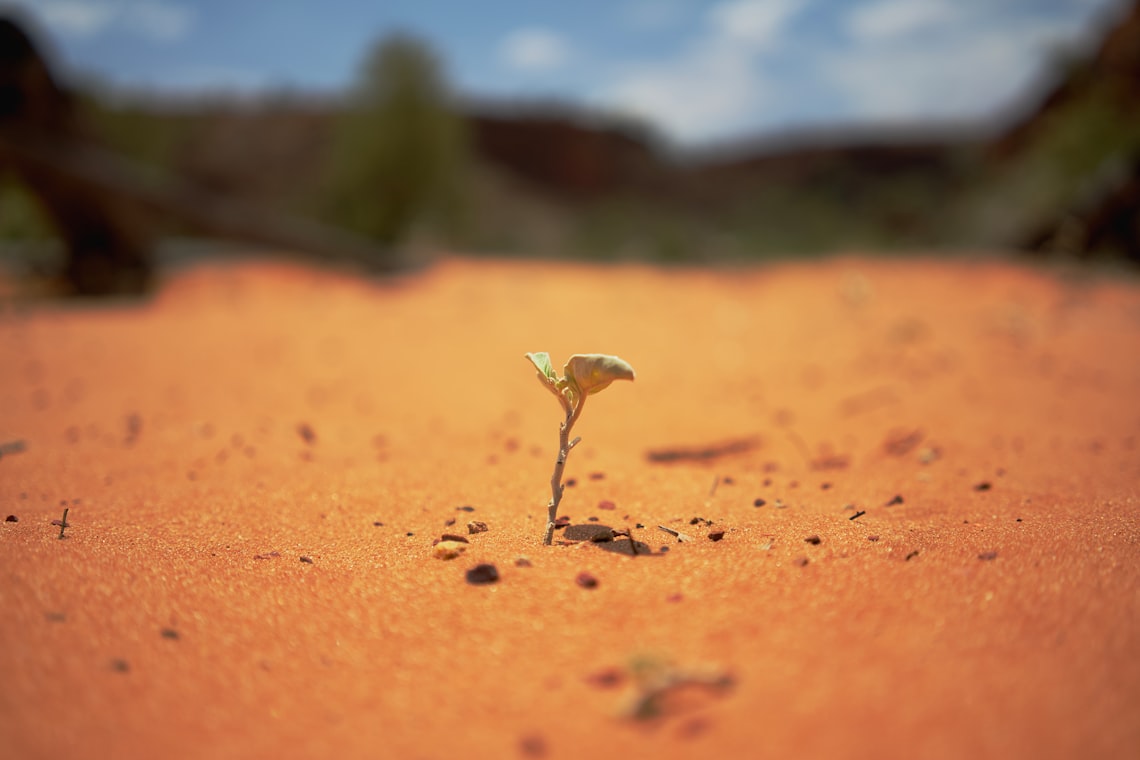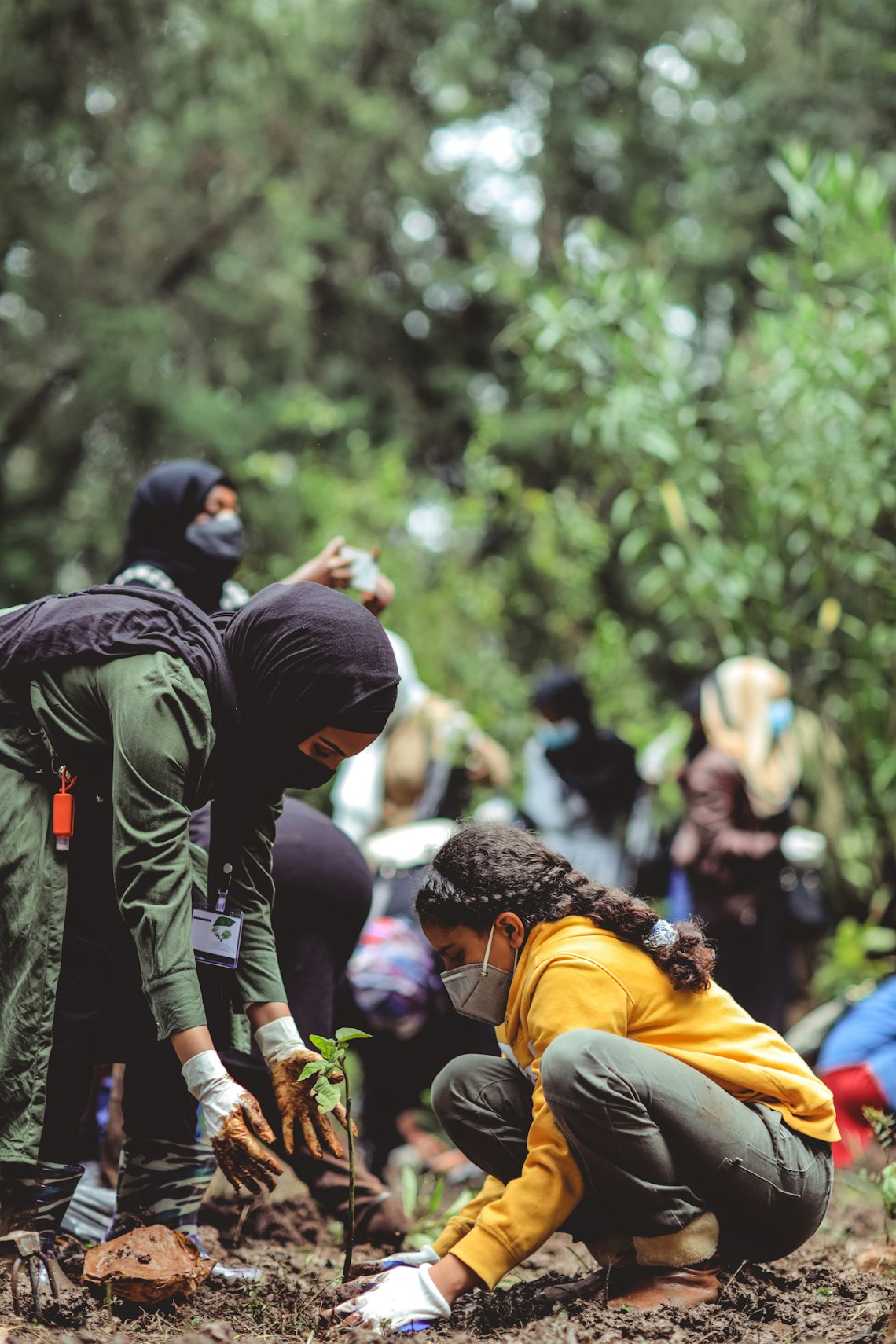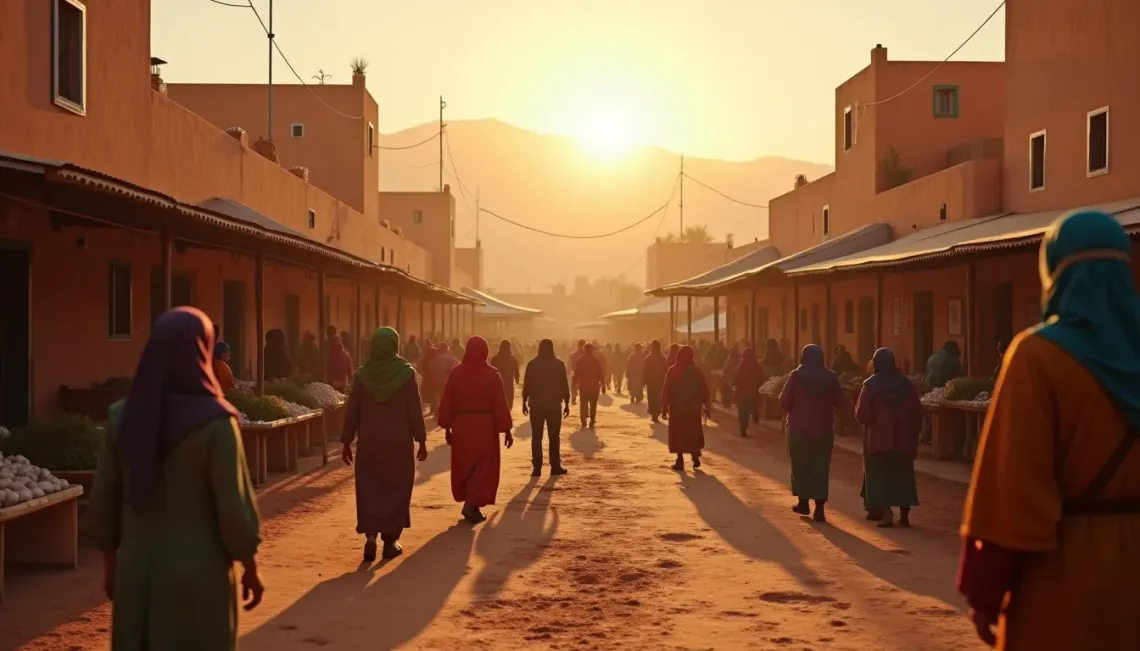Tree planting in Morocco has become an increasingly vital venture, both for environmental sustainability and economic development. This essential guide explores the best practices and benefits of planting trees in this North African country, offering insights that can help both novice and experienced horticulturists succeed.
Understanding the Importance of Tree Planting in Morocco
Morocco's diverse climate ranges from arid to semi-arid, making tree planting a crucial tool in combating desertification and soil erosion. Furthermore, trees play a significant role in improving air quality, conserving water, supporting biodiversity, and providing valuable timber and non-timber resources. With these factors in mind, understanding the core practices and advantages of tree planting in Morocco is key to fostering a sustainable future.
Best Practices for Tree Planting in Morocco
The practice of tree planting requires both thoughtful planning and execution. Below are best practices to ensure successful afforestation efforts in Morocco:
- Choose Native Species: Prioritize native species such as the Argane, Carob, and Moroccan Cypress, as they are better adapted to local climate conditions and provide optimal ecological benefits.
- Select the Right Site: Consider soil type, water availability, and sunlight exposure when selecting your planting site to enhance tree survival rates.
- Prepare the Soil: Ensure soil is well-prepared by testing for nutrients, pH levels, and implementing necessary amendments to foster healthy tree growth.
- Plant at the Appropriate Time: Early spring or late autumn is ideal for planting, as these seasons provide favorable conditions for root establishment.
- Implement Proper Maintenance: Regular watering, mulching, and pruning are essential practices to help young trees thrive and grow robustly.
Benefits of Tree Planting in Morocco
The benefits of tree planting in Morocco extend far beyond aesthetic appeal. Here are some of the key advantages:
- Environmental Impact: Trees absorb carbon dioxide and release oxygen, contributing significantly to climate change mitigation and improving air quality.
- Economic Benefits: The forestry industry provides employment opportunities and supports local economies through the production of fruit, nuts, and timber.
- Water Conservation: Trees help to enhance water retention in the soil, reduce evaporation rates, and maintain the water cycle, which is particularly crucial in arid regions.
- Biodiversity Support: Forested areas provide habitats for diverse plant and animal species, fostering a healthier ecosystem.
Additional Considerations for Successful Tree Planting
To further enhance your tree planting efforts, consider engaging with local communities and organizations to promote sustainable practices. Partnering with agricultural experts for guidance and learning from existing successful projects can also provide valuable insights and bolster your initiatives.
For a deeper understanding of efficient agricultural methods in similar environments, exploring related topics such as sustainable farming techniques and water conservation strategies can offer complementary knowledge and support. These interconnected practices are crucial for building a resilient ecological system in Morocco and beyond.
In conclusion, tree planting in Morocco, when aligned with best practices, yields profound benefits for the environment and society. By continuing to explore and implement effective strategies, individuals and communities can ensure a greener, more sustainable future for generations to come.




